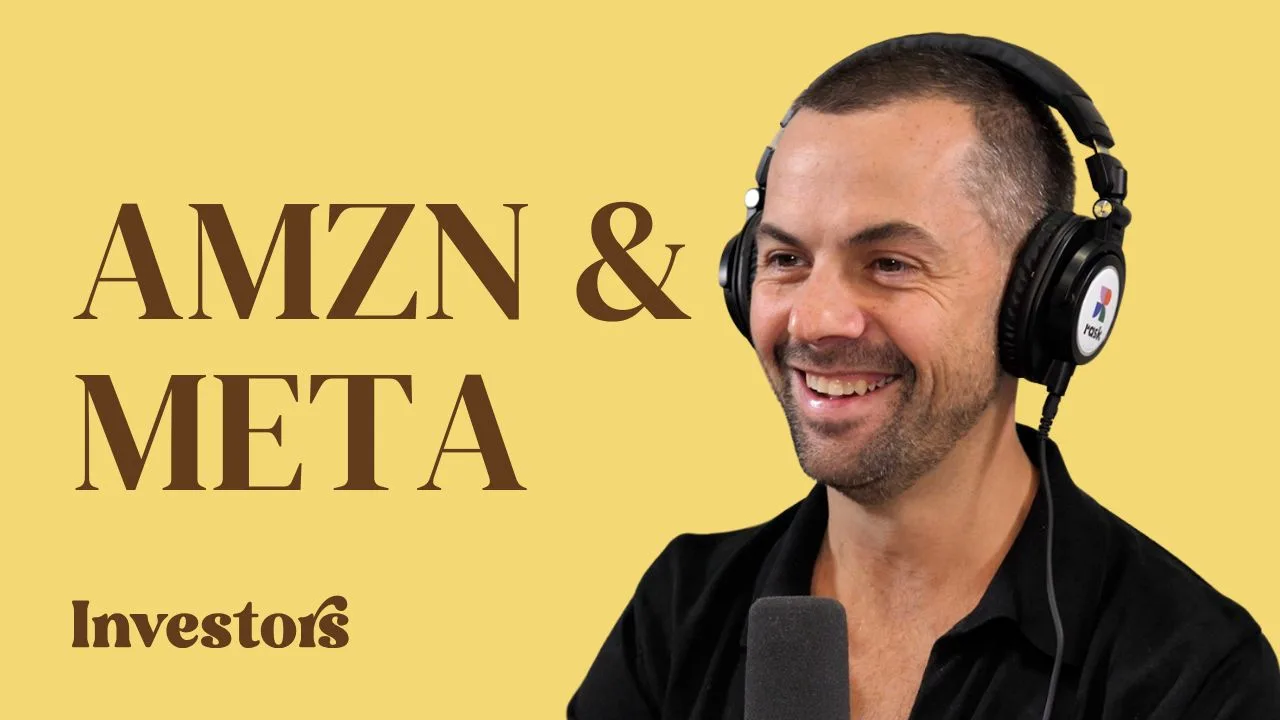The iShares S&P Small-Cap ETF (ASX: IJR) is one of the lowest-cost ASX ETFs on the market and provides both dividends and strong capital growth. Is it the perfect small-cap solution?
About ETFs
Australian exchange-traded funds, or ASX ETFs, are investment funds that are listed on a securities exchange and provide exposure to a range of shares or assets with a single purchase. The video below explains ETFs in more detail.
iShares Small-Cap ETF
The iShares S&P Small-CAP ETF is an index-tracking ETF that aims to match the performance of the S&P Small-Cap 600 index. The companies in this index are selected for their size, liquidity and industry group representation.
The IJR ETF itself has positions in just over 600 US companies, with the highest weighting given to any company only 0.66%.
The companies are spread across industries, with around 18% industrials, 17.6% financials, and 15% information technology. Materials, energy and utilities all receive less than a 5% weighting each. So, diversification benefits should be quite high if paired with, say, an ASX 200 ETF.
The IJR ETF has fallen down on performance over the last year, losing 9.07%, but over the last 10 years, the average return (including dividends) has been 15.7% per year. Going back to inception in October 2007, IJR has returned 8.57% per year, which is fairly impressive given that includes the GFC.
Dividends are paid quarterly, and the current 12-month trailing yield is 1.22%.
Fees And Risks
The IJR ETF is very low cost, with a management fee of only 0.07% per year. In my opinion, this is one of the most attractive features of this ETF.
In terms of risks, small-cap shares tend to be more volatile than large-caps and can often suffer heavier losses in a downturn, although the diversification benefit from 600 holdings does reduce this volatility risk.
The IJR ETF should be considered high-risk and is likely to move a lot more than a standard S&P 500 ETF.
My Take On IJR
This is a very low-cost ETF that appears to be well-diversified across industries, it has a proven track record of meeting its benchmark over a long time period, and it’s large enough to provide liquidity. As a small-cap ETF, it should be considered high risk, but it is certainly worth considering as one ETF to add to the portfolio.
For our number one ETF pick, check out the free report below.
[ls_content_block id=”14948″ para=”paragraphs”]
Disclosure: At the time of writing, Max does not own shares in any of the companies mentioned.








